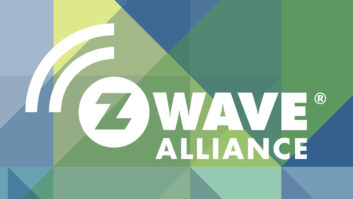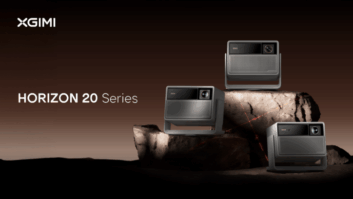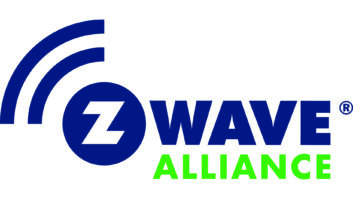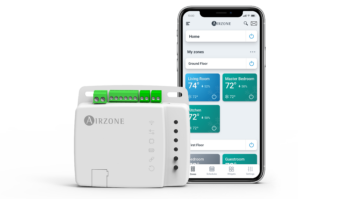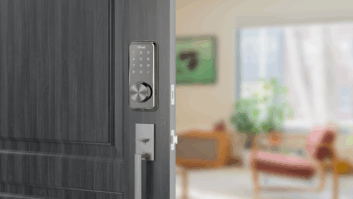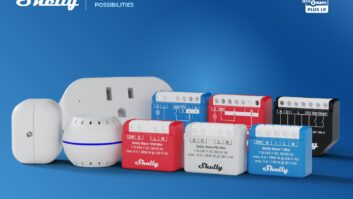
In 2001, Danish company Zensys first introduced the Z-Wave wireless home control protocol, built specifically for the smart home, well before anyone was calling it that. The development team knew that to succeed, a standard had to not only use low amounts of power and not interfere with other household electronics, but also grow stronger as devices were added to a system. Two years later, the first Z-Wave 100 Series Chipset was commercially launched.
In 2005, several manufacturers within the home control market who were unsatisfied with the technological fragmentation that was hindering the production and success of the industry came together to establish what is now known as the Z-Wave Alliance. Together, the group had one common goal in mind: They wanted to turn the uncertain future of the smart home industry to a widespread and successful reality. Z-Wave certification came shortly thereafter.
 Now, 20 years later, Z-Wave’s legacy as one of the original mesh technologies continues, with a growing product ecosystem, new and fast evolving technical capabilities, and an expanding membership made up of some of the most influential leaders in the smart home.
Now, 20 years later, Z-Wave’s legacy as one of the original mesh technologies continues, with a growing product ecosystem, new and fast evolving technical capabilities, and an expanding membership made up of some of the most influential leaders in the smart home.
To celebrate this important Z-Wave milestone, I chatted with Z-Wave Alliance members about the current state of Z-Wave, opportunities, challenges, and trends in the smart home industry.
The Smart Home Landscape – 20 Years Later
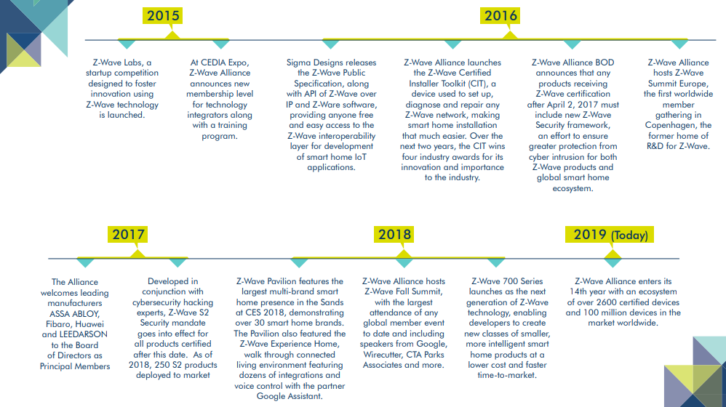 The smart home industry has changed a lot in the last two decades. What started as a nice-to-have, hobbyist technology has morphed into mainstream technology that is being adopted by everyday consumers looking for products to make the home safe and secure while adding convenience to daily tasks.
The smart home industry has changed a lot in the last two decades. What started as a nice-to-have, hobbyist technology has morphed into mainstream technology that is being adopted by everyday consumers looking for products to make the home safe and secure while adding convenience to daily tasks.
“In the last 20 years, smart home, as a space, has evolved from being just an aspiration of a ‘few’ elite urbanites to a reality of comfort and convenience for any household,” explains Ashwanth Anadasu, COO of Hogar Controls.
“The smart home landscape is far more demanding in terms of capabilities than 20 years ago,” explains Rob Martens, Allegion SVP, Chief Innovation and Design Officer. There are far more use cases within the smart home device industry including voice control, lighting, security, and AI. In 2021, we continue to see new devices coming to market that make life more convenient and secure for homeowners across the board.
Why Z-Wave?
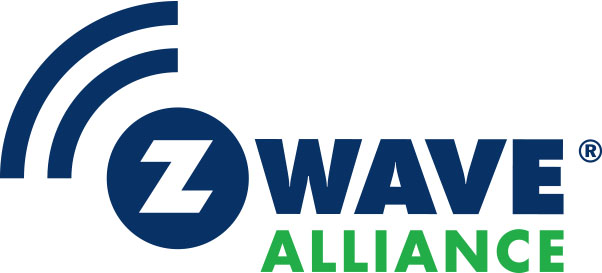 There are several options for wireless protocols on the market today, but Z-Wave’s technical evolution to meet the changing needs of the smart home over the past 20 years, while still maintaining its core tenets such as interoperability and security, makes it standout against competitors. “Z-Wave’s compatibility with other devices, flexibility in terms of installation, and the way it simplifies adding new devices to the network make it standout ahead of other protocols,” said Krystian Bergmann, Growth Director for FIBARO.
There are several options for wireless protocols on the market today, but Z-Wave’s technical evolution to meet the changing needs of the smart home over the past 20 years, while still maintaining its core tenets such as interoperability and security, makes it standout against competitors. “Z-Wave’s compatibility with other devices, flexibility in terms of installation, and the way it simplifies adding new devices to the network make it standout ahead of other protocols,” said Krystian Bergmann, Growth Director for FIBARO.
After the adoption of their first smart home device, many consumers are ready to add more devices to the network. With the Z-Wave protocol, consumers can easily add products to a single network – Z-Wave products are interoperable, allowing them to pair and work together for seamless integration. There are more than 3,400 Z-Wave certified interoperable products on the market today from brands around the world.
Technological Advancements
In 2020, the Z-Wave Alliance announced that the Z-Wave Long Range (Z-Wave LR) specification was available for product development. Z-Wave LR connectivity enables new IoT applications and capabilities, without any need for repeaters. Z-Wave LR offers support for up to 4000 nodes on a network (an over 20x increase over Z-Wave mesh node support) and increased transmission range, while also delivering longer battery life for devices – up to 10 years on a coin cell battery.
Smart home technology has moved beyond the home, and into applications like MDUs and hospitality. The Z-Wave Long Range specification supports the need for extended scalability that these more complex installations require. This support will in turn propel the technological advancements that will lead to increased smart home and IoT adoption throughout the industry.
“Centered around consumer needs, Z-Wave’s new Long Range innovation in range, scalability, battery life, and interoperability will help brands like Hogar to double up on our core value proposition of delivering comfort, convenience, and peace of mind to end users,” explains Hogar’s Anadasu.
I expect that the production and implementation of devices that rely on AI and contextual awareness to anticipate user needs to grow in popularity within the smart home as well. The home will truly become “smart” as IoT devices and assistants will have the ability to anticipate user needs as they enter the room without having to physical touch the device or request an action via voice command.
Moving Forward
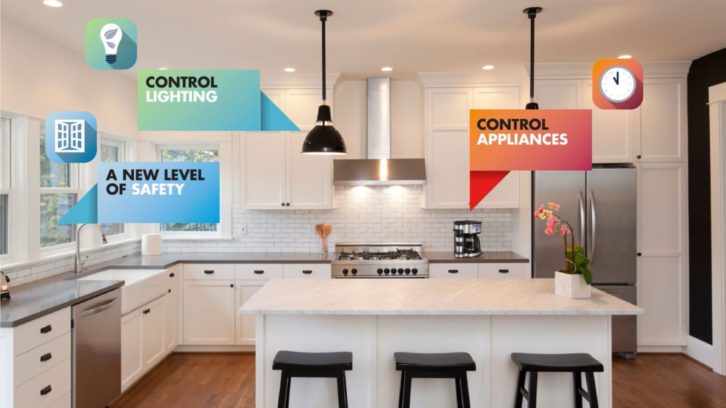
Over the past year, the COVID-19 pandemic led to increased adoption of smart home and IoT devices as consumers spent more time than ever before at home, putting a stronger emphasis on health and safety. Two of the top smart home categories primed for growth in 2021 and beyond include voice control and security.
“Voice assistants integrated with smart home and IoT systems are becoming more common, and with system upgrades, communication with them has developed with more skills, voice commands, and features,” explains FIBARO’s Bergmann. Voice controlled devices bring added convenience to the smart home as they can use a simple voice command to turn the lights on or off and lock the front door.
They also eliminate the need to physically touch a surface which is appealing to consumers who are concerned about spreading germs throughout the home. Security devices such as door locks and video surveillance cameras will increase in popularity has homeowners look for convenient ways to keep their home and family protected.
“A premium will be placed on security and privacy in 2021 and beyond,” explains Allegion’s Martens. With more consumers adding smart home devices to their home, the need for increased network security is very important. Network security is a major factor that consumers consider before purchasing smart home devices. Z-Wave devices give consumers optimal network security through the Z-Wave S2 security framework. The S2 security framework requires a high level of security on all Z-Wave certified devices for the smart home, removing the risk of devices being hacked while they are included in the network and making common hacks virtually powerless.
Reflecting on 20 years of Z-Wave, it’s clear that Z-Wave and the smart home industry as a whole, have transformed to offer consumers secure, interoperable IoT products that will positively impact their everyday lives.
The Z-Wave Alliance is looking forward to continuing to work closely with our members to succeed in the next 20 years and beyond to advance the smart home and IoT industry.
See also: Executive Insight: Is The Future Of Tradeshows And Conventions Digital?





